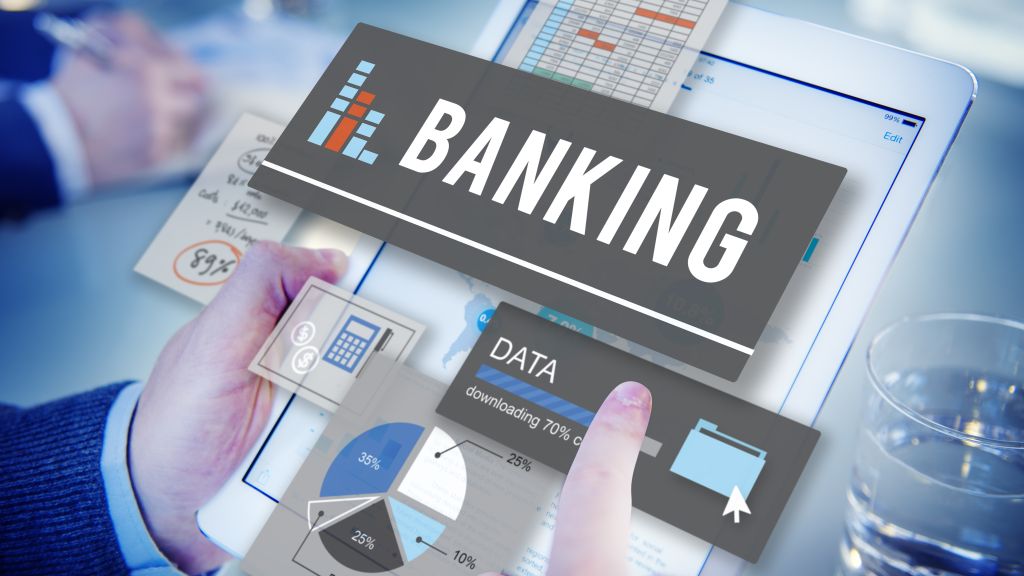In an era where digital transactions have become the norm, net banking stands at the forefront of financial convenience. However, this convenience comes with its own set of risks, particularly concerning cybersecurity. With cyber threats evolving rapidly, it’s paramount for both financial institutions and users to prioritize the security of digital transactions.
Understanding the Risks
Cyber threats in net banking encompass a wide array of malicious activities, including phishing attacks, malware infections, identity theft, and data breaches. These threats can result in financial loss, unauthorized access to sensitive information, and damage to one’s reputation.
Phishing attacks, for instance, often involve fraudulent emails or websites that mimic legitimate banking platforms, tricking users into disclosing their login credentials or personal information. Malware, on the other hand, can infect devices and capture keystrokes or intercept banking transactions, leading to unauthorized access to accounts.
The Role of Cybersecurity Measures
Financial institutions employ various cybersecurity measures to mitigate these risks and ensure the safety of net banking transactions. These measures include multi-factor authentication, encryption protocols, intrusion detection systems, and regular security audits.
Multi-factor authentication adds an extra layer of security by requiring users to provide multiple forms of verification, such as a password, security token, or biometric scan. Encryption protocols encode sensitive data transmitted between the user’s device and the banking server, making it unreadable to unauthorized parties.
Intrusion detection systems monitor network traffic for suspicious activities and potential security breaches, alerting administrators to take corrective actions promptly. Regular security audits assess the effectiveness of existing security measures and identify vulnerabilities that need to be addressed.
Tips for Users to Stay Safe
While financial institutions play a crucial role in safeguarding net banking transactions, users also bear responsibility for protecting their digital finances. Here are some essential tips for staying safe:
1. Use Strong Passwords: Create complex passwords comprising a combination of letters, numbers, and special characters, and avoid using easily guessable information such as birthdays or pet names.
2. Beware of Phishing Attempts: Exercise caution when clicking on links or downloading attachments from unsolicited emails, and always verify the authenticity of banking websites by checking for secure connections (https://) and valid security certificates.
3. Keep Software Updated: Regularly update your operating system, web browser, and antivirus software to patch security vulnerabilities and defend against emerging threats.
4. Monitor Account Activity: Regularly review your net banking transactions for any unauthorized or suspicious activity, and report any discrepancies to your bank immediately.
5. Enable Account Alerts: Take advantage of account alert features offered by your bank to receive notifications for login attempts, transactions, and account changes, allowing you to detect and respond to potential security incidents promptly.






